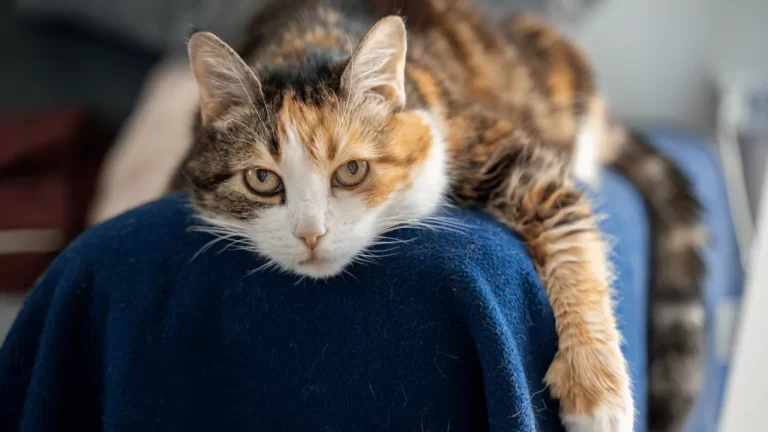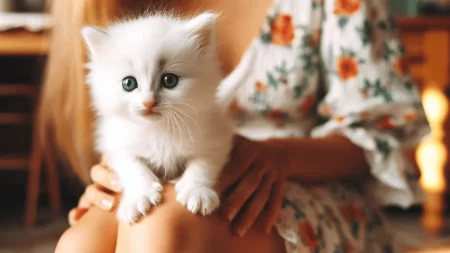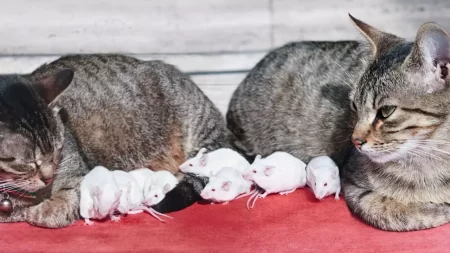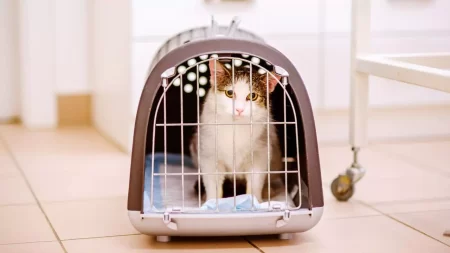Cats are known for their peculiar behaviors, and kneading is one of the most common and endearing. This rhythmic pushing motion with their paws is often seen on soft surfaces like blankets, pillows, and even human laps. While the exact reasons for kneading remain somewhat elusive, there are several possible explanations for why cats engage in this behavior.
The Natural Behavior of Cats
Kneading is a natural behavior for cats, dating back to their kittenhood. When kittens are born, they instinctively knead their mother’s teats to stimulate milk flow. This behavior continues into adulthood, often as a way of expressing comfort and contentment.
Cats also knead as a means of marking their territory. Scent glands are located in the pads of their paws, and when they knead, they deposit their scent onto whatever surface they are kneading. This helps them to establish their presence and claim ownership of their surroundings.
Reasons for Kneading on Owners
When cats knead on their owners, it can be interpreted as a sign of affection and comfort. They associate the rhythmic kneading motion with the positive experiences of being fed and nurtured by their mother, and they extend this same behavior to those they trust and feel safe with.
Kneading can also be a way for cats to seek attention. If a cat feels neglected or wants some interaction, they may knead on their owner as a way of soliciting attention. This behavior is often accompanied by purring, further indicating the cat’s desire for attention.
In some cases, kneading may also be a way for cats to mark their owners as their own. Just as they knead on objects to claim them as their territory, they may knead on their owners to establish their dominance and ownership over them.
Finally, some cats may knead as a sign of readiness to mate. The rhythmic kneading motion can mimic the act of sexual stimulation, and female cats in heat may knead to signal their receptivity to mate.
Tips for Cat Owners
While kneading is a natural and often endearing behavior, it can sometimes be uncomfortable for cat owners, especially when their cat kneads with their claws extended. Here are a few tips for dealing with a kneading cat:
- Redirect the kneading behavior: If your cat is uncomfortably kneading you, try gently redirecting their paws to a softer surface, such as a pillow or blanket.
- Distract the cat: If your cat is persistently kneading you, try distracting them with a toy or a game of fetch.
- Minimize discomfort: If your cat kneads you with their claws extended, trim their nails regularly or use soft claw caps to minimize discomfort.
- Avoid aggression: Never punish your cat for kneading, as this will only make them more anxious and fearful. Instead, respond calmly and patiently, and try to redirect their behavior more acceptably.
Remember, kneading is a normal and often affectionate behavior for cats. By understanding the reasons behind kneading and following these tips, you can learn to appreciate this unique feline trait and minimize any discomfort it may cause.







